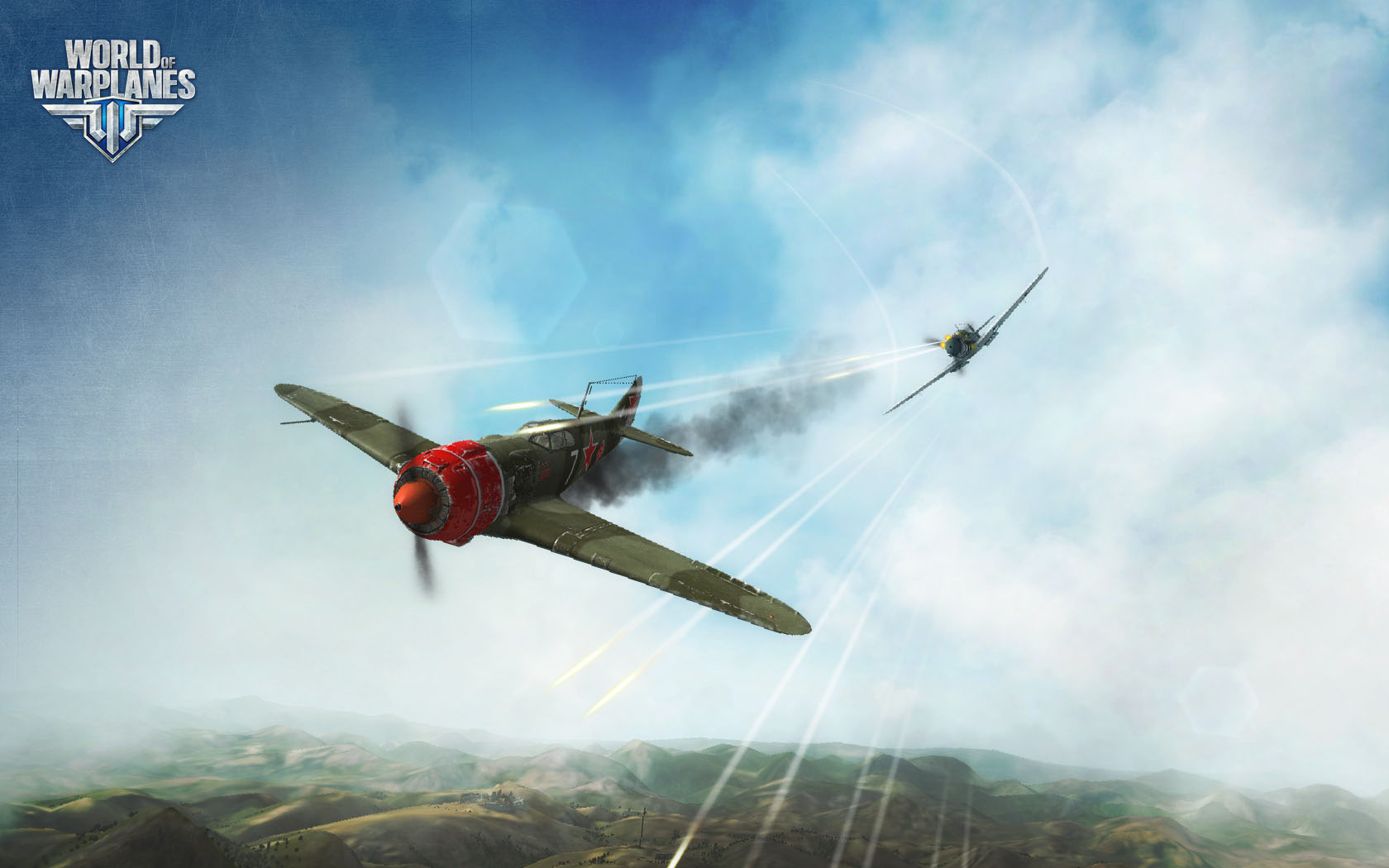New York, NY, February 29, 2012 – 2K Games, Gearbox Software and Valve today announced an agreement to power all PC versions of the highly anticipated Borderlands™ 2 with Steamworks when the game launches on September 18, 2012 in North America and September 21, 2012 internationally. Currently in development by Gearbox Software,Borderlands 2 is the sequel to the critically acclaimed four-player cooperative shooter-looter that combined intense first-person mayhemwithrole-playing gameplay.
Borderlands 2 players will enjoy the benefits of Steamworks features, such as Steam Achievements, downloadable content, auto-updating, multiplayer matchmaking, Steam Cloud support and more. Customers who purchase the PC retail version of Borderlands 2 will also be able to enjoy all the great Steamworks features as well. Borderlands 2 features all-new characters and skills, imaginative and diverse new environments with unique missions and enemies, and more exciting, fun weapons, equipment and loot than ever before. All of these features come together in a story that takes players to the world of Pandora to take down the notorious Handsome Jack and his corrupt Hyperion Corporation as a solo campaign or with up to four cooperative players. To pre-order Borderlands 2, please visit www.borderlands2.com/preorder.
Borderlands 2 is not yet rated by the ESRB. For more information on Borderlands 2 please visit www.borderlands2.com.

























